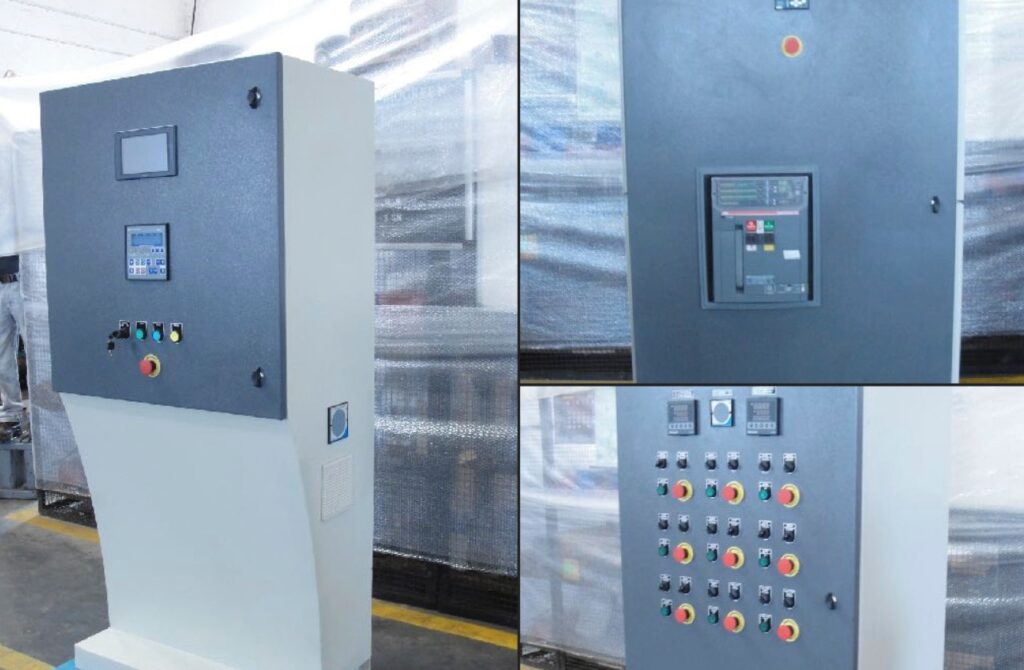Better performance throughout the steam turbines’ operational life improves cost-efficiency. Today, better control is even more important than before, as older turbines operate beyond their original life expectancy.
The modern turbine control system (TCS) is designed to control the main steam flow to the steam turbine in all operational conditions by means of the turbine throttle, governor, admission, and or extraction control valves. Simplex electrical functions included within the TCS software and hardware are used to carry out the control functions. During all operating phases, such as unit start-up, shutdown, parallel operation, Island mode, and so on, the TCS system assures stable operation. Full load rejections caused by a sudden separation from the grid are regulated by the TCS in generation applications, preventing an over-speed condition and collateral damage.
The principal features of the TCS system are summarized as follows:-
- Speed Control
- Inlet/Admission Pressure Control-two channel selection that facilitates initial pressure and limits pressure functions
- Load Control-via either a load setpoint command from the Control System, or can be configured to receive MW input for utilization of the load control function developed within the system, or can be configured stand-alone as an MW or Speed Droop function.
- Turbine Stress Influence
- Frequency Influence
- Valve Lift Control
The brain of the steam turbine controller should be a high-speed digital processor. The TCS should provide automatic and manual shutdown. In automatic shutdown, the system must lower the load until the generator breaker opens on reverse current. On manual shutdown, the operator will open the generator breaker manually once the turbine is at minimum load.




